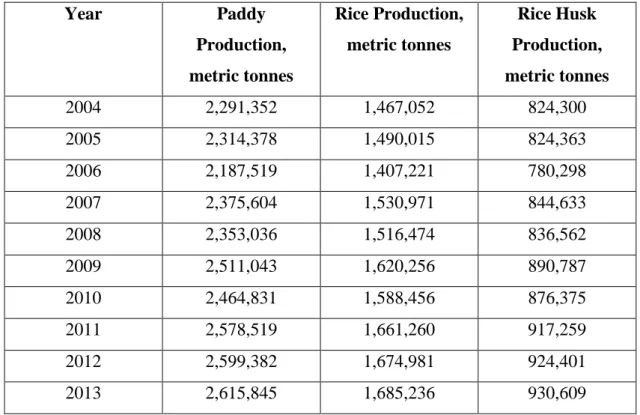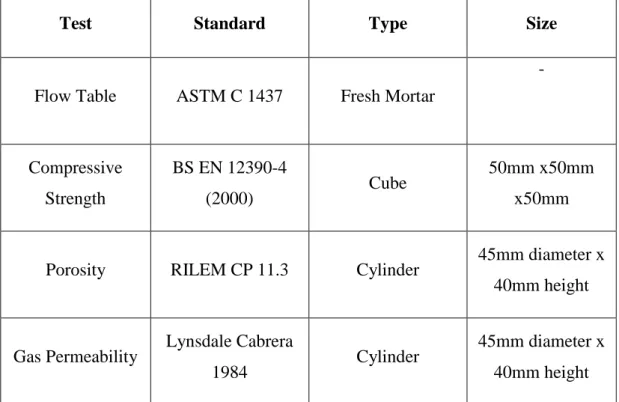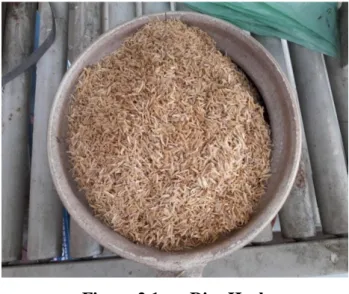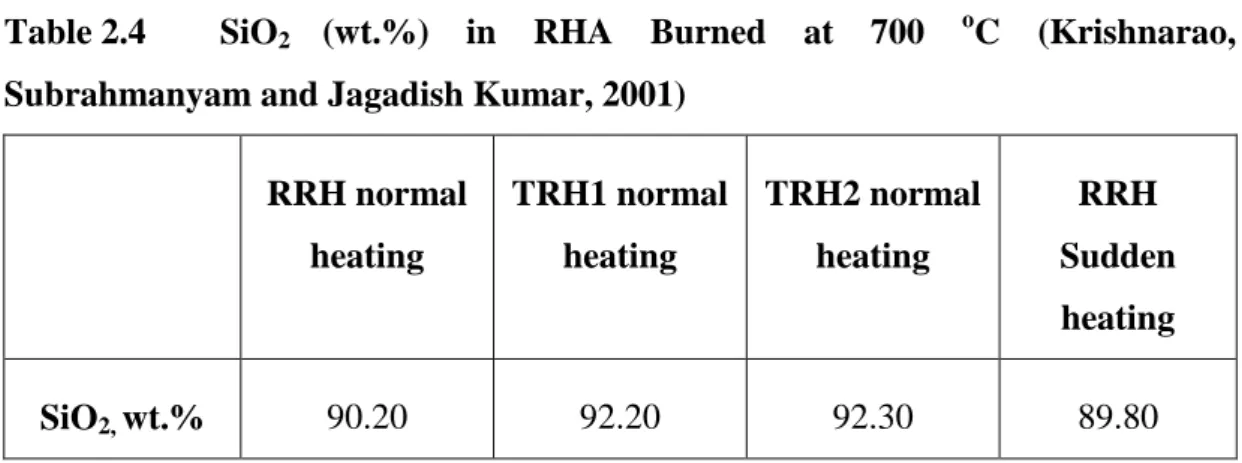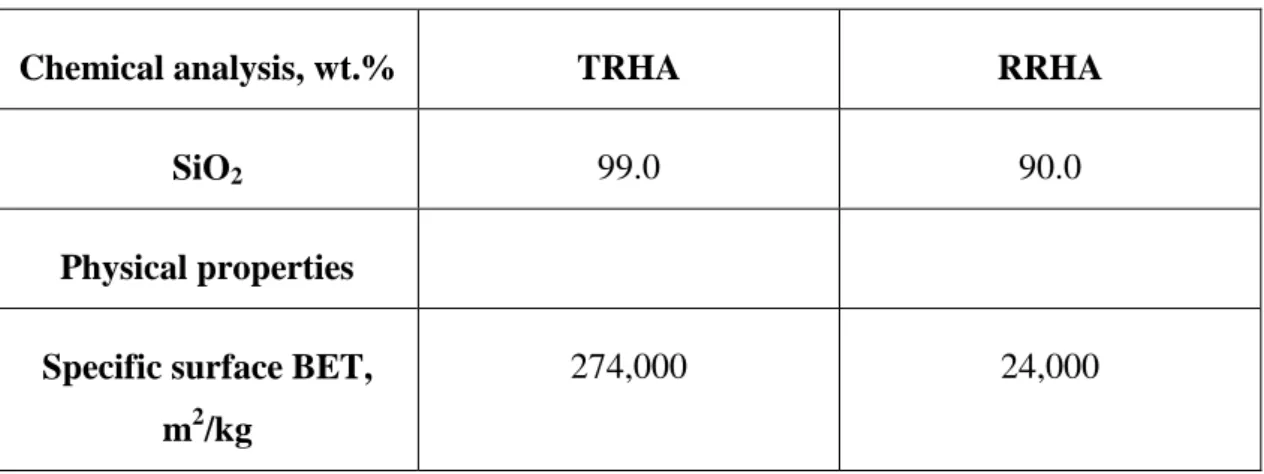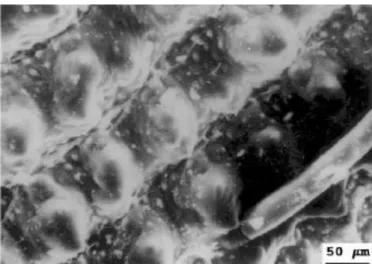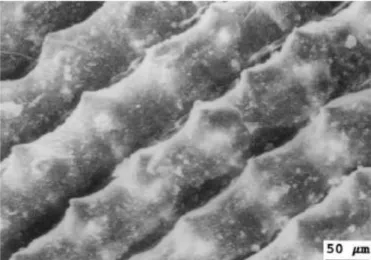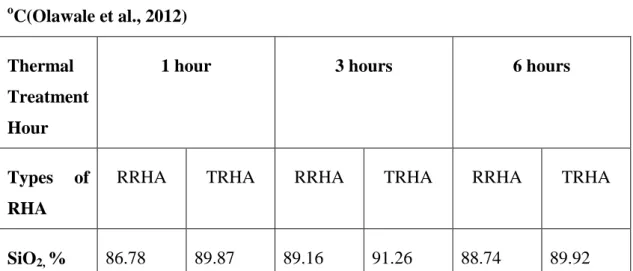A project report submitted in partial fulfillment of the requirements for the award of the Bachelor of Science (Hons.) Construction Management. I certify that this project report entitled "THE MECHANICAL PROPERTIES OF TREATED RICE HUSK ASH (TRHA) MORTAR" prepared by LEE KAI SEN has met the required standard of submission in partial fulfillment of the requirements for the award of Bachelor of Science (Hons.) Construction Management at Universiti Tunku Abdul Rahman.
Background
According to previous research in the United States, 70 percent of the total cement (83.3 million tons) produced, approximately 58.31 million tons contributed to ready-mixed concrete manufacturers, concrete product manufacturers used 11 percent (9.163 million tons), 9 percent (7.497 million tons) to contractors who especially used 3 million construction materials for road paving. tons), finally the remaining 2 percent (1.666 million tons) was other uses (Van Oss, 2015). The main reason to use SCM in concrete is that SCM is believed to contribute to the reduction of carbon dioxide (CO2) in concrete compared to pure Portland cement concrete (Lothenbacha, Scrivenerb and Hooton, 2011).
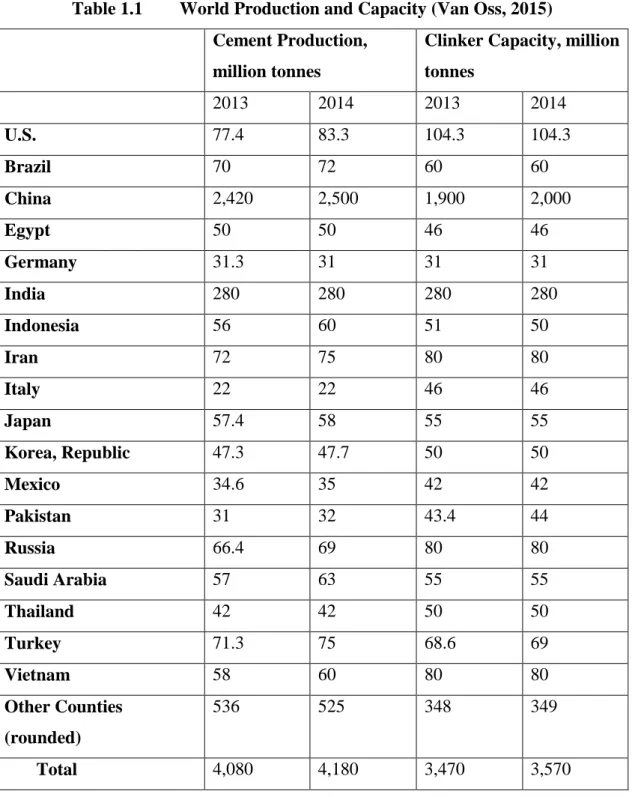
Problem Statement
Recently, people found that the rice husk ash (RHA) that goes through a pre-treatment process can produce a higher content of silica (SiO2) compared to untreated RHA. In addition, the pretreatment for rice husk ash can be further divided into single methods: acid leaching, basic pretreatment and carbonization.
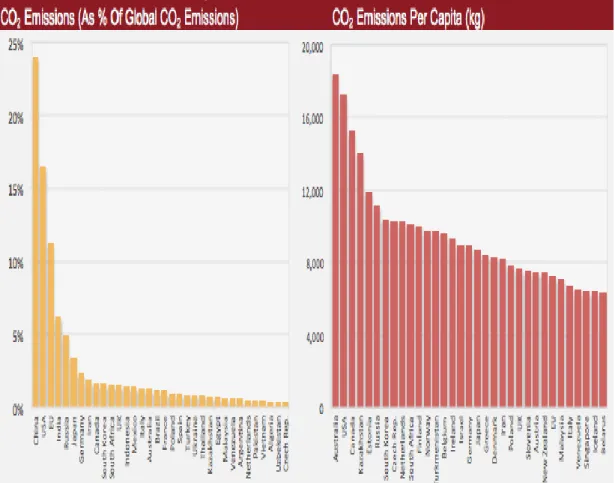
Aim and Objectives
Significant of Study
Scope of Study
TRHA 1 is the RH treated with citric acid at 80oC for 15 minutes, while TRHA 2 is RH treated with citric acid at room temperature for 72 hours and TRHA 3 is citric acid treated RH at room temperature for 96 hours. All the citric acid used to wash out RH is 5% concentration and they will dry in oven at 100 oC for 1 hour after washing three times and then it is sent to fired at 800.
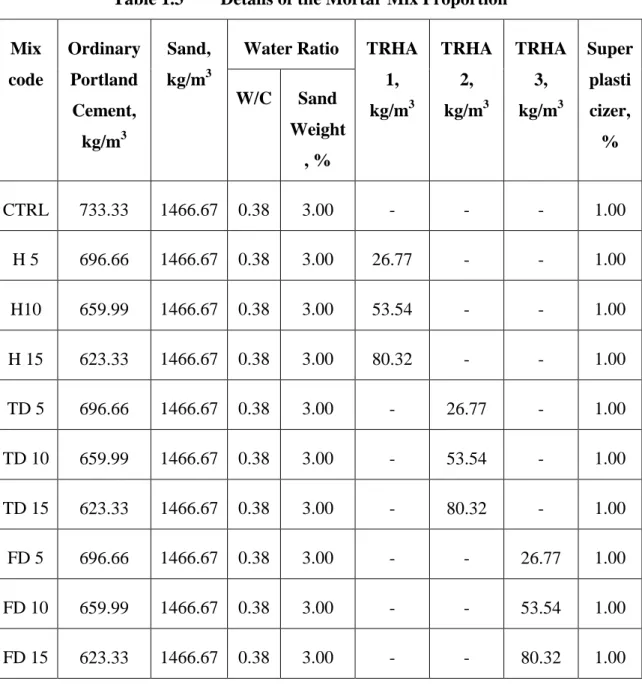
Chapter Outline
The flow table test is used to perform the workability of the TRHA mortar, which follows the standard of ASTM C 1437, and the compressive strength is determined by destructive compressive strength testing.
Introduction
Literature Review
Research Methodology
Results and Discussion
Conclusion and Recommendations
- Introduction
- Concrete
- Portland cement
- Rice Husk
- Rice Husk Ash
- Properties of Rice Husk Ash
- Pre-treatment of Rice Husk Ash
- Hydrochloric Acid as Acid Leaching Agent
- Oxalic Acid as Leaching Agent
- Dilute Sulphuric Acid (H 2 SO 4 ) as the Acid Leaching Agent
- Citric Acid as the Acid Leaching Agent
When the temperature is within 550-800 oC, the higher the temperature, the more crystalline silica is produced (Reddy and Alvarez, 2006). The temperature will also affect the color of RHA; RHA produced between 300-450 oC was charred husk while that heated 500-650 oC was gray colored ash (Kapur, 1985). First, the RH will be sent to do a treatment that absorbs the acid with certain temperature and period. The RH was put in oxalic acid for 1 hour with a temperature of 90 oC and 1 M concentration.
Using highly concentrated strong acid to perform RH treatment is not an ideal way to remove metal impurities in RH. One study was conducted to determine the optimum citric acid concentration and temperature for RH leaching. After the acid leaching process, the RH was rinsed with distilled water at 20 oC for 15 minutes and dried at 100 oC for 1 hour.
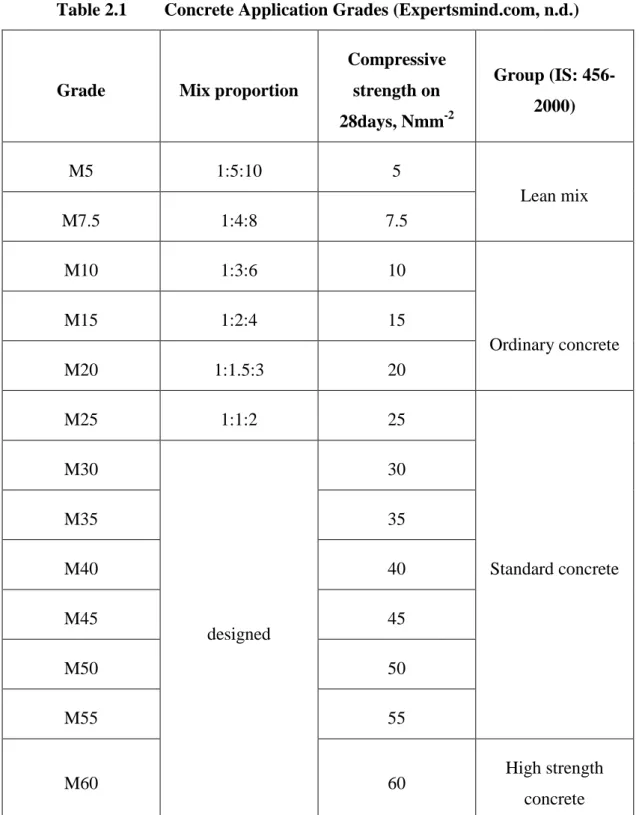
Comparison between Citric Acid and HCl Acid Treatment for RRH
Besides that, another study is carried out on three types of treatment for RH to get high percentage of SiO2, where the first method was to perform the treatment for RRH with hot organic acid before the thermal treatment; second method was the same as the first method, but replaced the hot organic acid with the boiling water, while the third method was a post-treatment for RHA, which RH had been fired at 250 oC and ground into powder. This experiment divided into 5 processes: A, B, C, D and E where: Process A was RRH directly received thermal treatment of 900 oC with a period of 6 hours. Process B was RRH leached with 5 wt% HCl with 1 hour long period below 150 oC.
Process C was replaced by HCl with citric acid and 700 oC thermal treatment, while the other steps remained unchanged. Process D consisted of three different times of washing (1, 2 and 3 times, each time of 1 hour) to wash the TRHA with 150 oC hot water and followed by 2 hours of thermal treatment at 700 oC. This experiment showed that acid leaching was more effective than hot water treatment and sent the RH to burnt and ground it became powder before received treatment does not help to increase the percentage of SiO2 in the RHA.
- Comparison between Citric Acid and H 2 SO 4 Acid Treatment for RRH
- Concluding Remark
- Introduction
- Material
- Portland Cement
- Treated Rice Husk Ash
- Fine Aggregate
- Water
- Superplasticizer
- Mix Proportion of TRHAMortar
- Mortar Mixing Process
- Cast, Mould and Demould Mortar
- Curing
- Tests for the Fresh and HardenedMortar
- Flow Table Test
- Compressive Strength Test
- Porosity Test
- PermeabilityTest
- Introduction
- Rice Husk Ash Production
This study is performed by replacing 5%, 10% and 15% of the cement by volume with TRHA1, TRHA 2 and TRHA 3. The weight of TRHA as a partial replacement for cement is calculated by dividing the percentage of cement replacement weight into 3.15 multiples of 2.3. After the mixing process is completed, the mortar mixture is poured into the mold and a rectangular wooden stick is used to spread the concrete mixture evenly in the mold by removing some of the air trapped in the mortar mixture during pouring into the mold. The mortar mixture in the mold is then placed in Construction Management's workshop to avoid direct sunlight on the mortar mixture and any vibrations on it.
The mortar will be removed from the mold after 24 hours and marked with a marker to avoid any mistake. In this research, some tests will be carried out to determine the performance and mechanical properties of the mortar. The flow table test is performed according to the ASTM C 1437 standard, in which the mortar mixture is filled into the mold in two layers.
First, the mold must be placed in the center of the flow table disk before the mortar is inserted. The mortar cylinder of 45 mm diameter and 40 mm height will be used for conducting the test at the age of 28 days of testing.
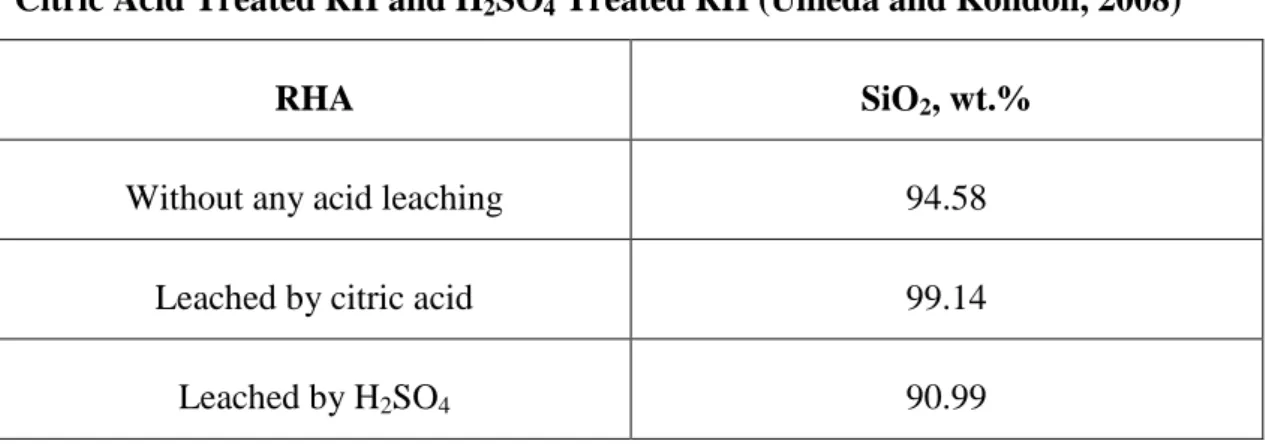
80°C, 1 hour
26°C, 72 hours
26°C, 96 hours
Mortar Performances
- Flow Table Test
- Compressive Strength Test
When the cubes reached their test age, they were sent to receive the compressive strength test. From Figure 4.3 it can be seen that most of the TRHAs mortars 28 day compressive strength is lower than control mortar. H 5 has the highest compressive strength at 28 days because it has higher water remaining in binder for cement hydration to occur compared to others.
The result also showed that H 10 has the lowest compressive strength due to the increased volume of TRHA and directly affected the cement to gain strength through the hydration process. In Figure 4.4, H 5 using TRHA 2 which was treated with citric acid for 3 days showed a higher average compressive strength than TRHA 3 and TRHA 1 mortars with different replacement ratio. In general, mortars with 5% TRHA replacement have a higher compressive strength than 10% TRHA replacement mortars.
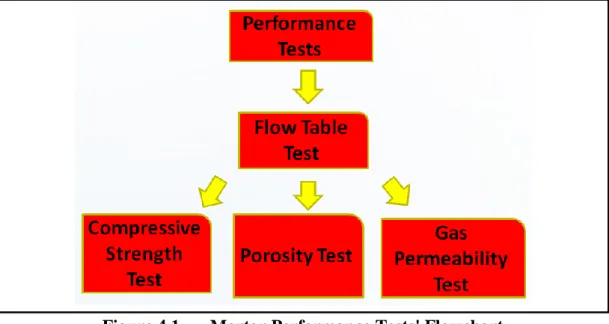
Twenty Eight Days Compressive Strength
Gas Permeability Test
In this research, the durability of TRHA mortars was determined by gas permeability tests. Therefore, the higher the permeability, the easier liquids or gases pass through it. The permeability is determined by the value of internal permeability, which is not affected by the size of the sample. This test uses the time for the water in the flow meter to rise every 10 cm to calculate the sample's permeability level.
All required data are presented in table 4.4 which will be used to calculate the internal permeability of the specimens.
It can be seen that conventional mortar has the highest permeability compared to other TRHA mortars, the mortar that contained TRHA as a partial replacement of cement is 62.5% better than conventional mortar. This is because the TRHA will fill the empty void in the mortar and effectively reduce the permeability (Kartini, Mahmud and Hamidah, 2010). Another research concluded that the RHA has a small size of particles believed to increase the particle packing density which helps to reduce the pores within the sample, thus the permeability can be reduced (Saraswathy and Song, 2007). So when the amount of TRHA present in mortar increased, the permeability will be reduced.
For H 15 and FD 15 mortars that are replaced with 15% TRHA have higher permeability than 10% TRHA replacement is probably affected by water for hydration. Mortar with 15% TRHA replacement will have less water left for the cement to perform its hydration (Habeeb and Mahmud, 2010). The hydration process will produce C-H bond which will be used to react with S to form C-S-H gel to reduce the pore volume and permeability in the mortar (Dakroury et al., 2008; Kartini, Mahmud and Hamidah, 2010).
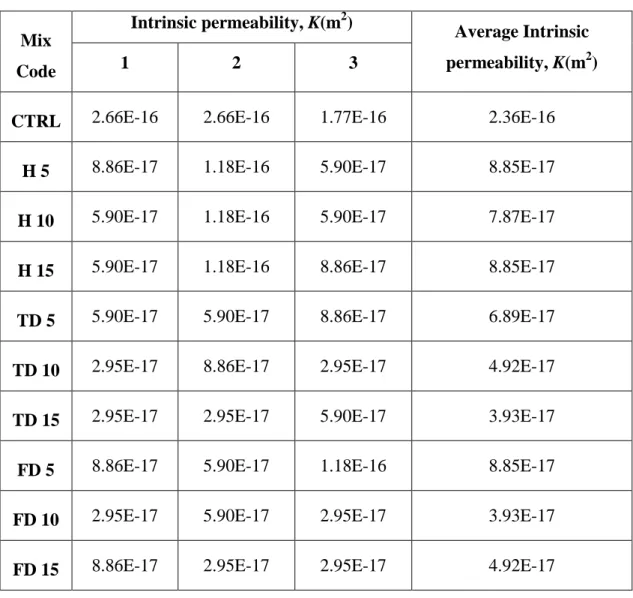
Porosity Test
According to Neville and Brooks (2010), the amount of pores in the sample directly affects the strength of the sample, so the greater the number of pores in the sample, the weaker the strength. W3 = Weight of the sample in water after passing the porosity test. Table 4.6 shows the weight of the mortar before immersion in water and the weight after immersion in water. According to Saraswathy and Song (2007), the pore volume in the cement product can be reduced by increasing the amount of RHA.
RHA has smaller particles that can fill the pores, so the pore volume is reduced. Another researcher Kartini, Mahmud and Hamidah (2010) found that pores in RHA replacement concrete and mortar are higher when the amount of RHA replacement is lower. Therefore, the higher the water that remains, the higher the amount of voids in the mortar after water evaporation.
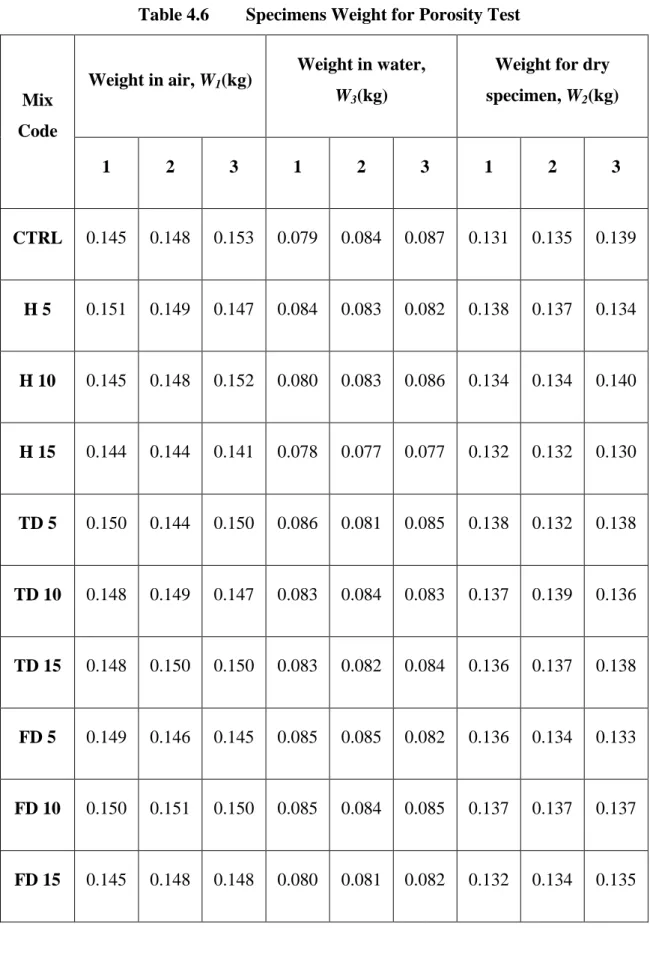
Concluding Remark
With 5% RHA replacement mortar, the amount of water that remains for hydration is higher than with 10% RHA replacement mortar. When the water is evaporated, it leaves behind voids and contributes to water absorption.
Porosity of TRHA and Conventional Mortar
Conclusion
A study has been conducted on the optimal replacement ratio of different types of treated rice husk ash in mortar to investigate the mechanical properties and durability compared to conventional mortar. Therefore, the w/c ratio and the amount of superplasticizer should be adjusted to improve the workability of TRHA replacement mortar with large amounts.
Recommendations
Rice husk ash (RHA) as a cement mixture for the immobilization of liquid radioactive waste at different temperatures. Investigation of properties of concrete containing rice husk ash to reduce seepage in canals. Effects of silica fume and rice husk ash on the properties of heavyweight concrete.
Comparison of two processes for the treatment of rice husk ash for use in high-performance concrete. Available at:
